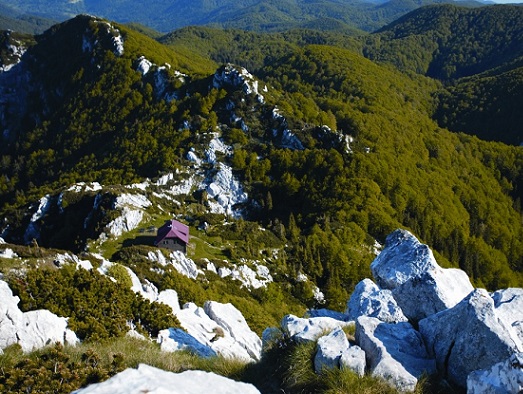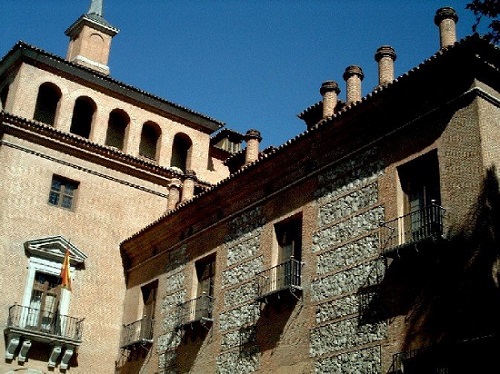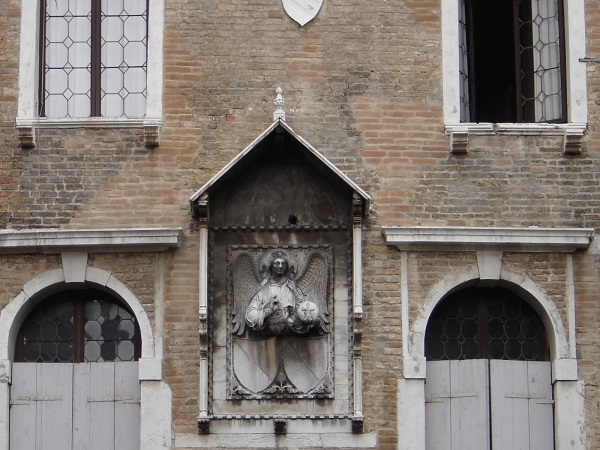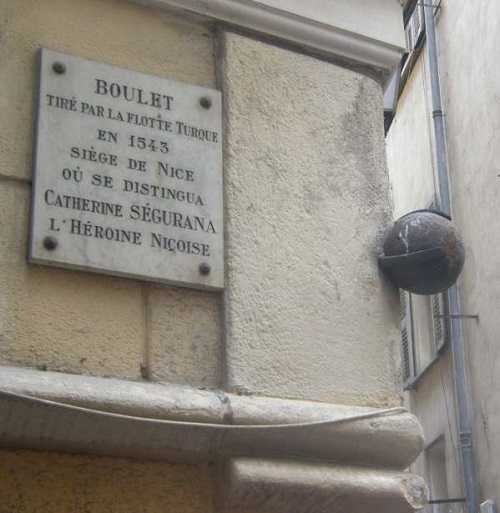Compared with the Plitvice Lakes and the Kornati Islands, Risnjak National Park, 18km (11 miles) north of Rijeka, is far less visited. It became a national park in 1953 and commercial development has been strictly limited. It was extended in 1997 to encompass the Kupa area, bringing the total land mass to 64 sq km (25 sq miles) and making it a paradise for walkers, mountaineers and botanists.
The park is made up of the Snježnik and Risnjak massifs, which are part of the larger sweep of the Dinaric range. This rugged limestone and sandstone landscape separates the heavily wooded Gorski Kotor inland region from the Kvarner Gulf coast ad comprises tree-shrouded slopes and karstic features such as caves, precipitous drops, sinkholes and disappearing streams. Various species of flora and fauna inhabit the park at different heights, but only the hardiest survive on the upper slopes, where bitter winds and heavy snowfalls are common. At lower altitudes, tree species include sycamore, maple, witch elm, fir, birch and, on the upper stretches, mountain spruce and juniper. As the area has never been heavily logged, much of it is virginal forest. Many parts of the park are off limits to visitors.
The fauna is also interesting. The lynx, which disappeared from Risnjak for more than a century before its return from across the Slovenian border in 1974, is flourishing: indeed, the park takes its name from ris, the Croatian for lynx. Wolves and wild boar are among the residents, alongside red and roe deer, brown bears, pine and stone marten, chamois, poisonous horned vipers and wild cats. The 51 native bird species include capercaillie, woodpecker, hedge sparrow, lesser whitethroat and black redstart, as well as eight species of birds of prey. During winter, rangers have to leave food out to help the most desperate animals stay alive.
One of the best times to visit the park is in late June and early July when a multitude of wild flowers bloom. Highlights are the edelweiss, mountain milfoil, alpine clematis, violet, alpine snowbell, alpine rockrose and the orange lily. This is also a good time for hiking. (Hiking is inadvisable in winter or early spring, as there are more than 100 days of snow on average a year and layers of snow reach 4 metres/13ft deep).
The highest peak is Veliki Risnjak (1,528m/5,925 ft), which has a mountain lodge, but perhaps the most appealing peak is Snježnik (1,506m/4,940 ft; also with a modest lodge). A good base for accessing both is Bijela Voda, close to the little highland village of Crni Lug, where there is a small hotel and restaurant. There is also a shelter in the village of Kupari. Another good base is Platak, a 26km (16 mile) bus ride from Rijeka, with special buses in summer laid on for hikers. In winter it is possible to access the Snježnik ski field. The trail for hikers to follow is called the Leska Trail, which was set up in 1995 to inform visitors about the various aspects of the area.
If you plan to visit the park you must buy a ticket and it is worth noting that there are restrictions on visits. For further information about the park, visit www.risnjak.hr or telephone 051-836-133.











